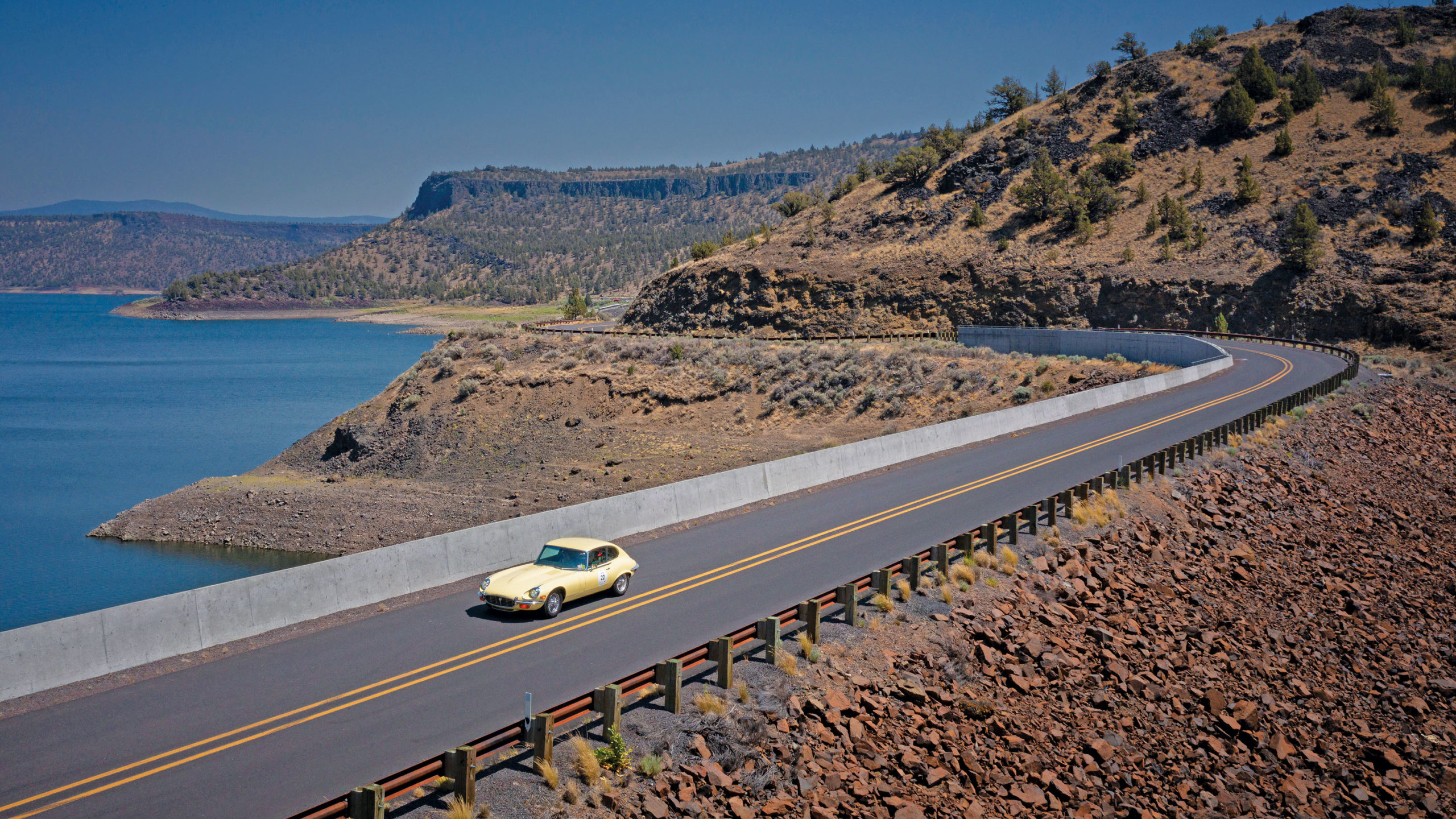
This is all Miles Collier’s fault.
I attended one of his early symposiums on collecting. I was the guest of noted collector and Lamborghini expert Simon Kidston.
During the seminar, I was first introduced to the notion that we were not owners, but just the current caretakers of our cars. They had a past that preceded us, a present with us, and a future after us.
As someone who was buying and selling classic European sports cars to make a living, that was difficult for me to grasp.
I recall a phrase that was new to me: Performing a close examination of the artifact.
It meant taking a step back from a new acquisition and trying to understand what the car wanted to say to you. Decoding how important the car was, in both relative and absolute terms. Judging how authentic it was. Discovering what kind of life and history it had.
Being thoughtful about a car was an unusual concept for me. I didn’t worry about the past, present or future of my cars. I only hoped I could enjoy the ones I was driving and make a few bucks when I turned them.
I simply did what I wanted. And I had to pay the bills.
It’s only original once
Since then, I’ve owned more than my share of collector cars. I’m at a stage where I view my cars through a variety of different lenses.
Until recently I had yet to own a fine example of an original car. Consequently, I had not experienced what it was like to have a car where choices related to its use and care had to be measured and thoughtful.
“It’s reversible. I can always put it back the way it was,” is a statement often tossed around by collectors who are busy altering their cars.
When it comes to surfaces, however, this is incorrect. Changing an original surface on a vintage car is not a reversible process. When you respray an original car, you can never make the paint original again. A reupholstered interior can be made “as new,” or even better than new, but it can never again be original.
Our 1971 Jaguar E-type S3 V12 coupe was purchased with 22,000 original, documented miles. All its surfaces are as they were when they left the factory.
The paint on the car was applied by Jaguar employees in Coventry. The leather upholstery was installed there. The engine was assembled and tested by Jaguar technicians. In nearly every aspect, after 51 years the car’s surfaces and essential mechanicals were last touched by the Jaguar personnel who assembled this car in the first place.
Opening the hood to view the massive 5.3-liter, four-Stromberg-equipped V12 feels like going into the engine room of a World War II Iowa-class battleship.
The engine has never been apart. The starting experience is a delight, from pulling out the choke three clicks, then hearing the V12 come to life through the four-tailpipe exhaust.
I have had mechanical maintenance performed. The disintegrated front suspension bushings were replaced, as were the brake rotors. The master cylinder and booster were rebuilt. For safer driving at night, I did have the headlights and taillights upgraded to LED units.
Protect and preserve
To do anything to the Jaguar that is not required for safety or mechanical longevity would be a crime. I would be erasing the legacy of a 51-year-old artifact and turning it into just another used Jaguar. There is no shortage of those.
My obligation to this car is to protect and preserve it, without being afraid of putting a couple thousand miles a year on it. Those miles should be good ones, on rallies and tours along scenic highways with similar cars.
I’m protective of the car and worry about stone chips, parking-lot dings and road rash. At the same time I have accepted that those simply become a part of the car’s life story.
This Jaguar is not a particularly important or significant car; what sets it apart is its honest and complete originality. It now shows 25,600 miles. As the most original vintage car I have owned, it calls out to me in a special voice. It deserves my thoughtful ownership and use.
I drove the Jaguar on the SCM 1000 last year, and it was a proper GT car. Despite being half-a-century in age, it cruised easily at 80 mph. The a/c blew ice-cold on 100-degree days in the Oregon High Desert.
It will again be my ride on the SCM 1000 this summer. I will take great pleasure in watching the odometer tick over to 26,000 miles during the event — with even more to come. ♦